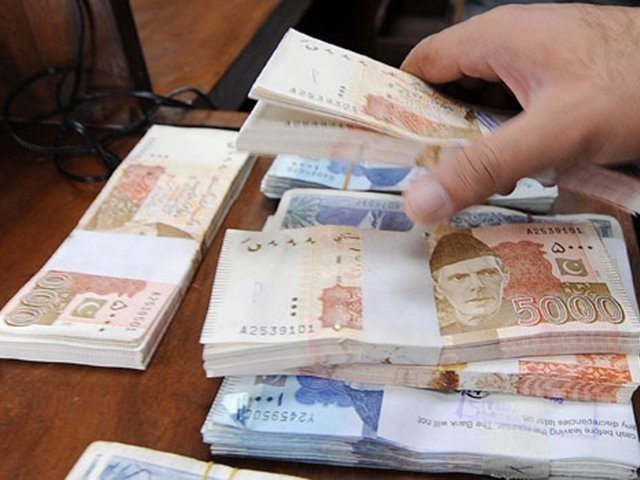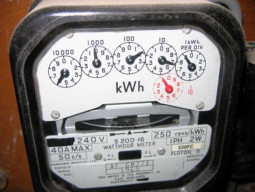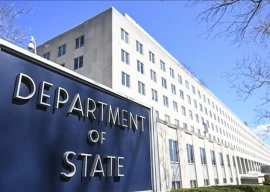
Through lending money, commercial banks provide finance from a surplus unit of the economy to a deficit unit of the economy. It means banks in an economy works like the heart in a human body as they keep on circulating the money, like the heart keeps circulating the blood.
Thus, if a bank in any economy performs its function of lending money properly, it helps the government and society in multiple manners. For instance, young entrepreneurs can start their own business by borrowing money from commercial banks and may provide jobs to many jobless people. This way not only the unemployment level in the country will come down, but its gross domestic product (GDP) can also be improved. It will ease the pressure on the government to provide jobs.
However, if we analyse the number of commercial bank borrowers in Pakistan, it does not reflect a healthy sign. To assess effective resource mobilisation practices of commercial banks in Pakistan, Bangladesh and Thailand, I collected data on the number of borrowers from commercial banks from the World Bank’s database for the period 2006 to 2018.
A descriptive analysis of the data shows that on average out of 100,000 adults in Pakistan, only 26 borrow money from commercial banks. However, in Bangladesh and Thailand, the average number of borrowers out of 100,000 adults is 87 and 254 respectively.
The graph also displays that in terms of number of borrowers from commercial banks, Pakistan is at the bottom and after 2009 the number of borrowers has been consistently declining.
The fall in the number of bank borrowers after 2009 is also because of overall poor performance of the economic indicators. Contrary to that, in Bangladesh there is a decreasing trend from 2013 to 2015, increasing trend from 2015 to 2016 and consistent trend afterwards. In the case of Thailand, the number of borrowers from commercial banks is consistently increasing.
Pakistan projects foreign inflows of $5.6b in FY19
Through the increase in borrowers from commercial banks in previous years, Bangladesh has outperformed Pakistan, especially in the manufacturing sector. This is also one of the reasons why Bangladesh has been able to reduce massive poverty, especially with the help of micro-lending as compared to Pakistan.
I think there is a serious issue of financial inclusion in Pakistan and contrary to other economies, the financial inclusion in Pakistan is getting narrower. We can only increase financial inclusion or reduce financial exclusion, if we bring the masses to the bank or bank comes at the doorsteps of a layman.
There are many other socio-economic and religious factors behind this phenomenon. However, among the prominent factors is heavy borrowing by the government from commercial banks to bridge the fiscal deficit, due to which hardly any money is left for individuals, private and public limited companies.
In technical terms, the economists call it crowding out phenomenon. Furthermore, for banks it is profitable and less risky to advance money to the government as compared to the individuals as lending to individuals has more chances of default. Apart from this, the individuals do not have the assets to keep them as collateral with banks for borrowing. However, like Bangladesh, commercial banks in Pakistan can use personal guarantees as collateral against their lending for skilled and trained people.
Moreover, in Pakistan there is a parallel informal financial market in the form of local money lenders, which is very simple and easily reachable as compared to commercial banks. However, this informal market is very expensive and is exploiting the needy and illiterate people.
Here comes the duty of the State Bank of Pakistan as a custodian of national resources to draw policies for commercial banks in order to make unbanked people banked. Commercial banks will have to make their lending mechanism simple, flexible and reduce the interest on loans.
The launching of the Youth Loan Policy by the government is a very commendable step. However, I believe first it is the job of the government to enhance the skills level of youth and provide them with technical and skills-building education. Only the human resources that are trained and equipped with required skills can capitalise on such opportunities and return capital of the nation back.
The writer is the assistant professor at the Department of Finance and Investment, NUST Business School
Published in The Express Tribune, April 1st, 2019.
Like Business on Facebook, follow @TribuneBiz on Twitter to stay informed and join in the conversation























COMMENTS
Comments are moderated and generally will be posted if they are on-topic and not abusive.
For more information, please see our Comments FAQ